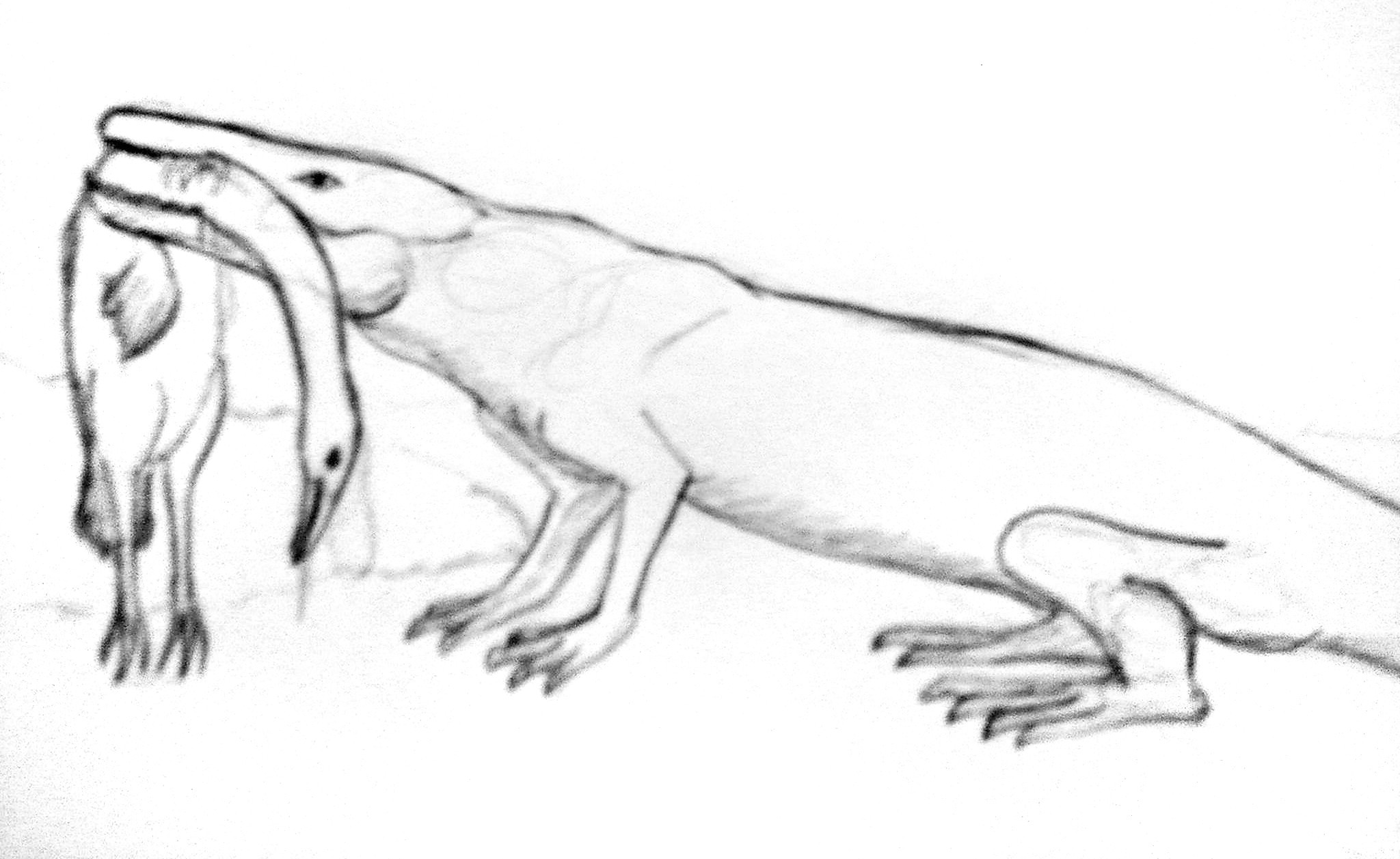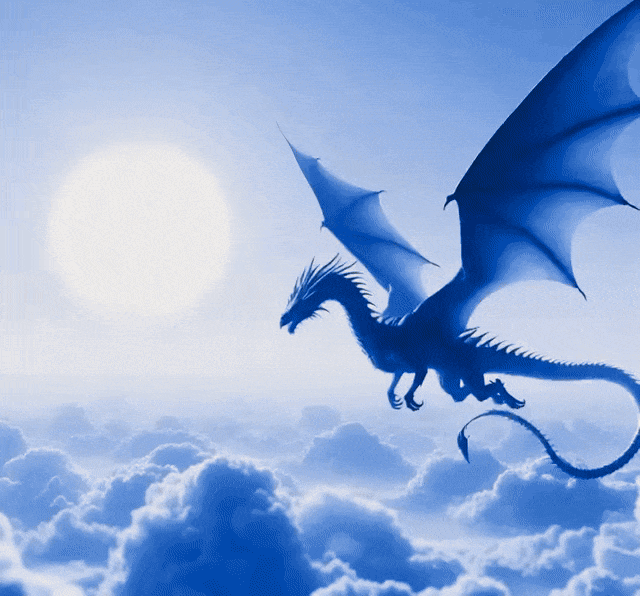HOME | DD
 Dragonthunders — Taniwha
Dragonthunders — Taniwha

Published: 2014-07-30 13:31:02 +0000 UTC; Views: 1579; Favourites: 16; Downloads: 4
Redirect to original
Description
A Taniwha delta, caught a poor piscivorous bird.In our own timeline, the Sphenodontia lasting as the last remnant of the great order of Rhynchocephalian, and eventually deteriorated to the point that it became a mere memory in New Zealand. But with the emergence of Zealand, in this alternate line, allowed him again to these ancient reptiles thrive and diversify in ways that could never be achieved, or nearly achieved. Some of them went into the trees, others became diggers and some are developing the flight, but in the water, were developed in shapes and sizes unimagined.
With the absence of competitors, and the ambush predator niche vacant, not take long to evolve to that niche. By the middle Miocene, had emerged a new family of Rhynchocephalian, these carry the name Parapleurosauridae, or better known as Taniwhas. Its name comes from the Maori mythological creatures, like reptiles. They are characterized by their similar appearance and is similar to the early Cretaceous mosasaurs, except that most did not have fins and body was serpentine. Due to the global cooling that the earth suffered in recent times, these reptiles began to develop an antifreeze protein, which allowed them to withstand not only the cold weather, the ice age also.
They live mainly in lakes and rivers across northern Zealand. Their diet varies between species, some are purely piscivorous other carnivores. Their size varies from small species less than 1 m long, up to the largest known as mosasauromorphs reaching 9 meters long. Most come to have a life expectancy of 50-60 years, reaching exceptional cases from 100 to 125 years.




























